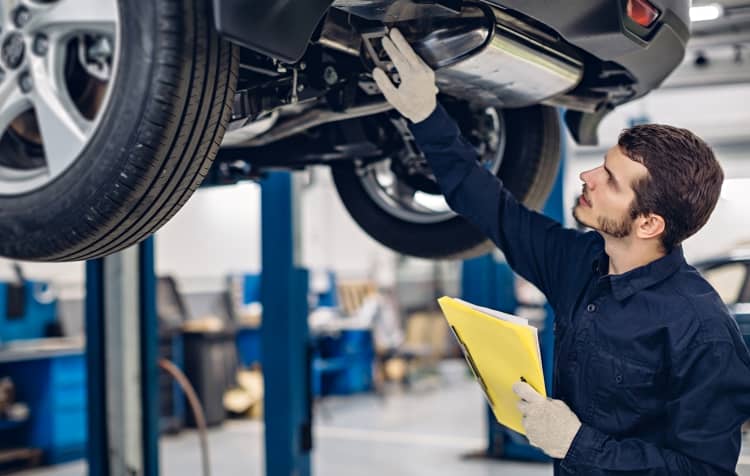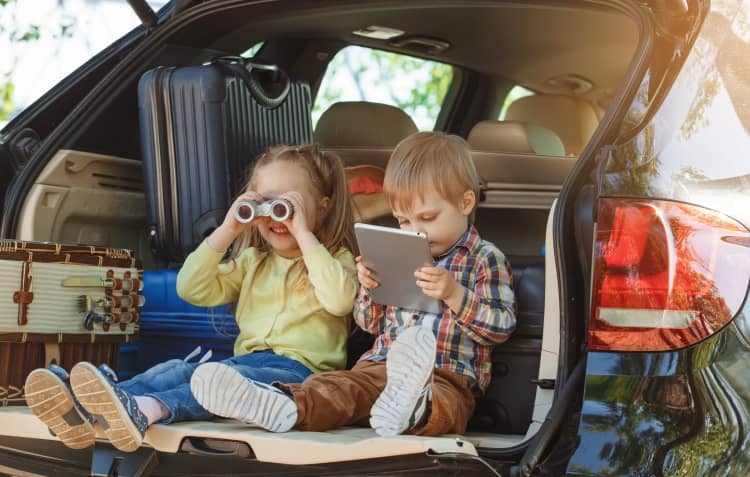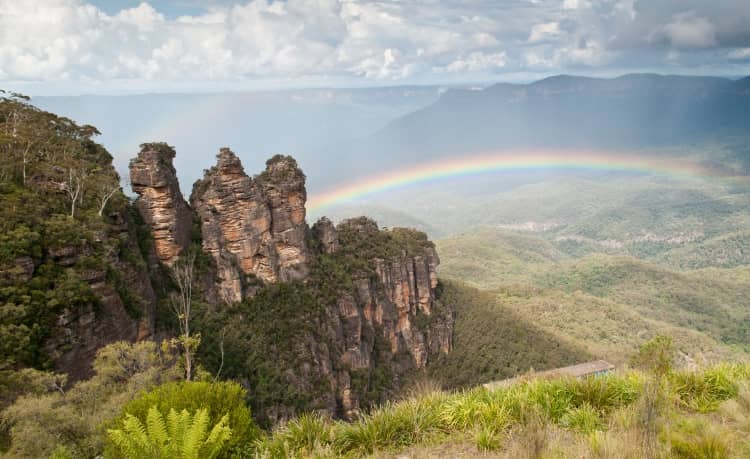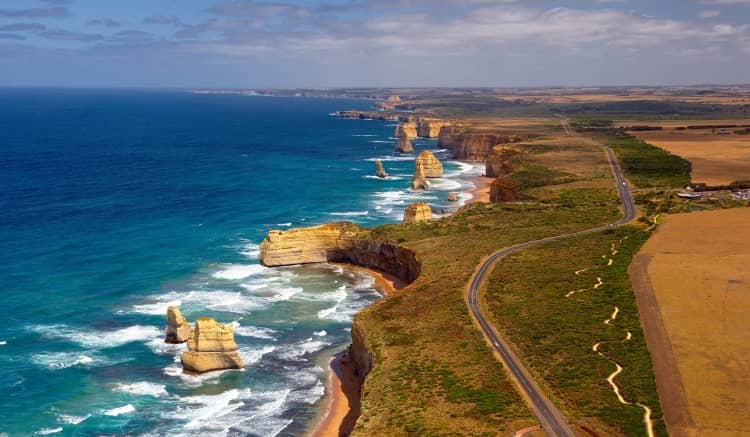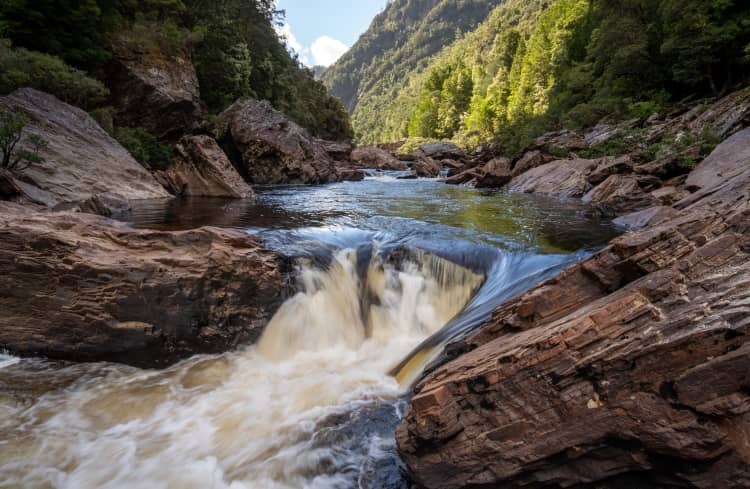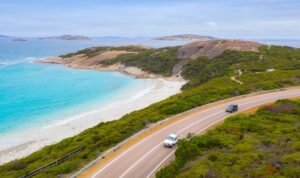
Western Australia borders finally opened last March 3 after a total of 697 days of strict travel restrictions. That’s good news for everyone looking forward to travelling to and from WA. Before you embark on a trip, it’s important to understand interstate travel essentials.
This blog gives you a list of things you need, some tips if you’re travelling with kids, and how to keep your car protected whilst visiting some of our top recommended places to visit in each state.
Entering WA from Another State
Before arriving in WA, everyone, including residents returning to the state, must first complete a G2G Pass application through https://www.g2gpass.com.au/apply/v3/0 or ServiceWA app within 60 days before arrival. All travellers 16 and up, as well as children travelling to WA without company, should have the G2G Pass. Upon approval, you will have to scan your G2G Pass QR code at your point of entry.
Please note that the pass may expire seven days after the arrival date provided in the application. If your travel dates change, make sure that you modify this specific detail through your G2G Dashboard before the pass expires.
Additionally, having a G2G Pass does not grant permission to enter some Remote Aboriginal Communities, including Billard, Blackstone (Papulankutja), Dillon Springs, and Flywell (Barangga). Check here for a complete list of Aboriginal communities open and closed to visitors. Failure to comply could lead to a hefty fine of up to $50,000.
You will no longer have to quarantine if you have received a triple dose of any COVID vaccine. This rule applies to all domestic travellers. If you come from overseas, you have to be fully vaccinated. Testing for the disease is no longer mandatory when travelling to and from WA.
Many businesses and venues may oblige you to wear a face mask, and others may ask for proof of vaccination, so have the document with you at all times.
Your Road Trip Checklist
Before travelling interstate with your car, it’s prudent to make sure you have everything you, your passengers, and your vehicle need. One task you should never skip is to have the car serviced appropriately, especially if you’re embarking on a long road trip. Also, make a list of the things you should do and bring so you do not forget.
Here are some you should consider:
- Spare tyre
- Driver’s licence and vehicle registration
- Insurance
- Fluids for the car, including water and transmission fluid
- Petrol
- Jump starter pack
- Torch
- Extra car key
Your road trip car kit will depend on your vehicle, such as if you’re towing a caravan. If you plan to venture from paved roads, it helps to have an off-road recovery kit.
Keep Your Car Protected on the Road
Even if your car has passed the state inspection and it runs efficiently every day, some steps are still necessary to ensure it remains fine while you’re on a road trip. Here are some of our tips:
- Keep the car locked when you leave it, even when taking a quick stop. Cars left on the roadside can become easy prey for thieves. You may also want to consider a steering wheel lock.
- Always park under a light, particularly at night. Make sure that you park within sight of a hotel entrance or store, never behind a dark motel. Remember: out of sight is out of safety when it comes to parking.
- Outfit your car’s dashboard with the right dashboard cover. Being on the road puts your dashboard at risk of cracking and fading. You don’t want that to happen, so dress it up with a dashboard cover that will protect it from environmental factors.
- Protect your car’s transmission with a console cover. Your car’s transmission is essential. If problems occur with it while you are on the road, it could easily get worse. Prevent this using a console cover.
- Car seat covers are essential when on a road trip, especially with kids. You do not have to worry about spills, crumbs, and dirt from marring the car seats and surfaces.
- The car interior can get hot when driving in the middle of the day. The last thing you want is to hear the complaints of the passengers, which can quickly ruin the trip. Take care of the heatwave with durable sun shades. They come in pairs and will help secure every part of the vehicle.
Be sure to check your vehicle before the road trip. Check that all covers are installed correctly so you can have a stress-free journey.
Travelling with Kids
Driving your car, especially for long periods, can be stressful. But what’s even more frustrating is when you have kids yelling about how boring the trip is. Planning is the key to preventing any possible tantrums. Here are some tips if you’re travelling with children:
- Start early. Allow everyone to get a good night’s sleep and rise early to get on the road before the crowds appear at your intended destinations.
- Take frequent stops. If you’re driving for less than eight hours, take stops every two hours. Let the kids walk around and explore (with your guidance) for about 15 minutes before going back to the car. This will not only stretch your legs but also keep your kids from getting bored. Where to stop, you ask? That’s in the next tip.
- Let the kids choose where to stop. You know the destinations children will enjoy, such as a water park, restaurant, and playground. Ask the kids about the activities they would like to try while on the road ahead of time to plan your trip accordingly.
- Have snacks ready. Apples, dried fruits, grapes, and cookies should already be packed. Don’t buy from the roadside if you want to save some money on food. Avoid sugary drinks and foods, so they do not end up crashing once you reach your campground or hotel.
- Don’t eat meals in the car. Speaking of food, you should not let the kids eat full meals inside the vehicle. It’s always best to eat at a restaurant or find a park to enjoy a picnic. You do not have to stop every time they reach for a snack, though.
Travelling is fun, but it could easily bore the little ones. So have music, movies, and games ready on devices. Don’t forget portable chargers and power banks.
Whether or not you’re travelling with children, you should always have a first aid kit and some painkillers for headaches, dizziness, and others. If you or the passengers take any special medications, make sure that they are packed, as well.
Places to Visit
It doesn’t matter which state you are going to. There are plenty of hotspots to discover all around the country. Here, we list our recommended destinations in every state and territory:
New South Wales: Blue Mountains
Just two hours from Sydney, the majestic Blue Mountains is a must-see. It’s a natural wonderland spanning over 11,400 kilometres. The mountains themselves have been around for millions of years when the sea still covered the region. If you have not been to the Blue Mountains, you may wonder why the location is named so. After all, everything looks greenish. However, you will find it is a fitting name, thanks to the eucalyptus trees that create a blue haze around the area, which is very visible during summer.
Queensland: The Great Tropical Drive
Witness the ever-changing landscapes as you pass by the Great Tropical Drive that connects Cooktown, Cairns, Charters Towers, and the Gulf Savannah, among others. Start your journey from Cairns to Townsville before cruising the Great Barrier Reef. Then, trek the Daintree Rainforest if you’re in for some adventure on foot. Extending a total of 2,079 kilometres, the Great Tropical Drive is a touring loop that features ancient gold mining towns and lush orchards. While here, don’t miss two of the world’s lava tubes, the Bayliss Cave and the Barkers Cave.
Victoria: Great Ocean Road
The Great Ocean Road is renowned for being one of the world’s most picturesque coastal drives. Catch a glimpse of the towering rock stacks of the 12 Apostles, challenge yourself at Live Wire Park for some zip-lining adventure, or discover a 30,000-year-old volcano, Budj Bim. Relax and dip into the Deep Blue Hot Springs in Warrnambool, which features natural geothermal waters. Alternatively, you can head straight to Bells Beach, one of the country’s most popular surfing destinations.
Northern Territory: The Explorers Way
For adventure lovers, it’s hard to beat the Explorers Way. Your road trip will pass you through some of Australia’s top natural icons like Watarrka (Kings Canyon) and Nitmiluk National Park. Litchfield National Park is also a great location, particularly if you’re fond of waterfalls. Explorers Way begins in Adelaide to Coober Pedy, then head to Uluru and Kings Canyon. Once you’re back on the road, don’t miss Alice Springs, the second-largest city in NT.
South Australia: The Seafood Frontier
A remarkable road trip awaits at the Eyre Peninsula. The Seafood Frontier is a stop you should take, whether your car is full of adults or kids. With over 955 kilometres to explore, there are many spots that you should not miss here, starting from Whyalla to Port Lincoln to Streaky Bay to the Head of Bight. Swim with sea lions or just see some great white sharks in the waters. If you dare to have a shark encounter, take the cage diving experience to see them up close. For a more peaceful trip, target the pristine beaches where the waters are teeming with seafood – literally!
Tasmania: Western Wilds
Are you looking for a more stimulating drive than the ones mentioned above? Why not head to the Western Wilds? It’s not like the others because you will first have to get your car on the Spirit of Tasmania (ferry) to get to Tasmania. But once you get there, it’s worth the extra effort. Also, it is a lot less expensive and more convenient than hiring a car. You will dock in Devonport, not Hobart, unfortunately, which is about three hours away. The Western Wilds is a World Heritage Area, spanning over 1.5 million hectares. Expect untamed wilderness featuring glacial valleys and alpine plains. It’s a trip that’s bound to be full of adventures.
Remember to check restrictions and rules about COVID in the state or territory you will visit. Some rules are the same as WA, but others may be different from WA. For example, quarantine is not necessary for NSW visitors unless you are not fully vaccinated. Face masks are required on all public transport and waiting areas, so be aware of this rule. No one is exempt from this requirement except those under 12 years old and with health conditions.
Don’t forget about your car. Prep it before you leave, accessorising it with protective fittings, such as seat covers and dashboard covers. You can find these items for your vehicle here at Shevron.
